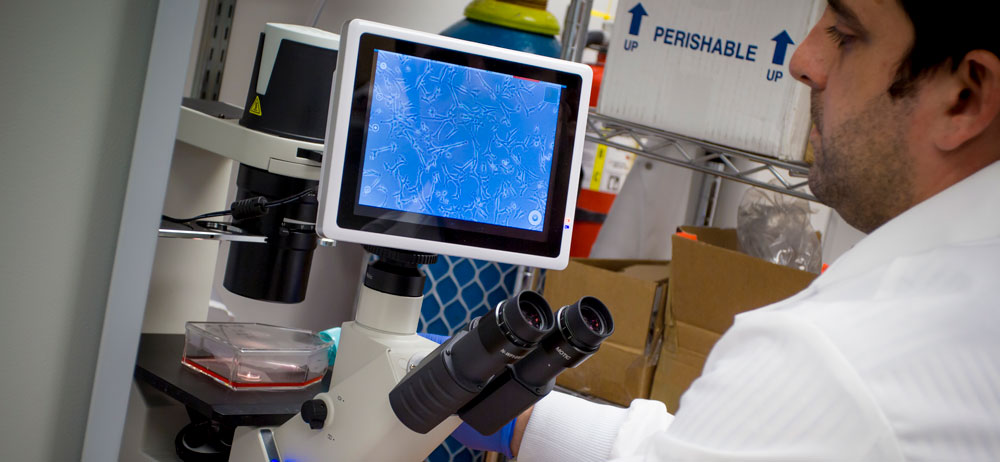Getting Ahead in Biomedical Engineering, A Field That Never Stands Still
Constant advances in technology are par for the course
Every day, thousands of biomedical engineers across the U.S. and around the world search for new ways of performing medical procedures, administering health care, and helping people take care of themselves. Biomedical engineering research activities allow for new patents to be filed continually for better technologies that have enabled innovative treatments for chronic disease, some of which have saved many lives.

Despite all the advances in technology and medicine, diseases continue to progress and impact people’s lives negatively. Biomedical engineering is constantly evolving to treat and even prevent these chronic diseases and improve people’s health and well-being.
Combining the study of medicine and biology with the inventiveness and creativity of engineering has led to new products and treatments that address common health conditions and, in some cases, cure disease.
Research and Collaboration
Advances in biomedical engineering all start in one place: biomedical engineering research activities. Research is the first step to producing a new technology because investors and backers want to know with certainty that the new technology will work the way it should. Students who can participate in biomedical engineering research will have the edge over those who don’t have those opportunities when it comes to getting jobs after graduation or building a career in the field.
In a few cases, it may be possible for students to conduct research or come up with a new technology on their own. However, in the vast majority of situations, working alone is not only inadvisable, but it’s also impossible without expensive lab equipment as well as guidance and help when problems and impediments arise.
Students who are given access to lab equipment through their coursework can learn a lot by collaborating on research, often with faculty members who can provide guidance and direction. If students are going to keep up with the constant advances in biomedical engineering and have a chance to figure out where they can contribute, collaboration is the best way to do so.

The great thing about collaboration is that the sum of two or more people’s knowledge, ideas, and abilities is often greater than each part alone. What one person lacks, the other contributes. Even professors with vast amounts of knowledge and experience often find that students can offer a fresh way of thinking about a process or situation that the professor had not considered before.
Collaboration leads to more new advances in biomedical engineering than working alone, especially for students who need the guidance and help of more-experienced faculty members to bring their fresh ideas to fruition. It’s worth finding out how involved the faculty are in research activities as you decide which biomedical engineering program is right for you.
Florida Tech’s faculty are top-notch and eager to collaborate with students in biomedical engineering research labs. Learn more about our undergraduate biomedical engineering degree program today!
%CODE1%





